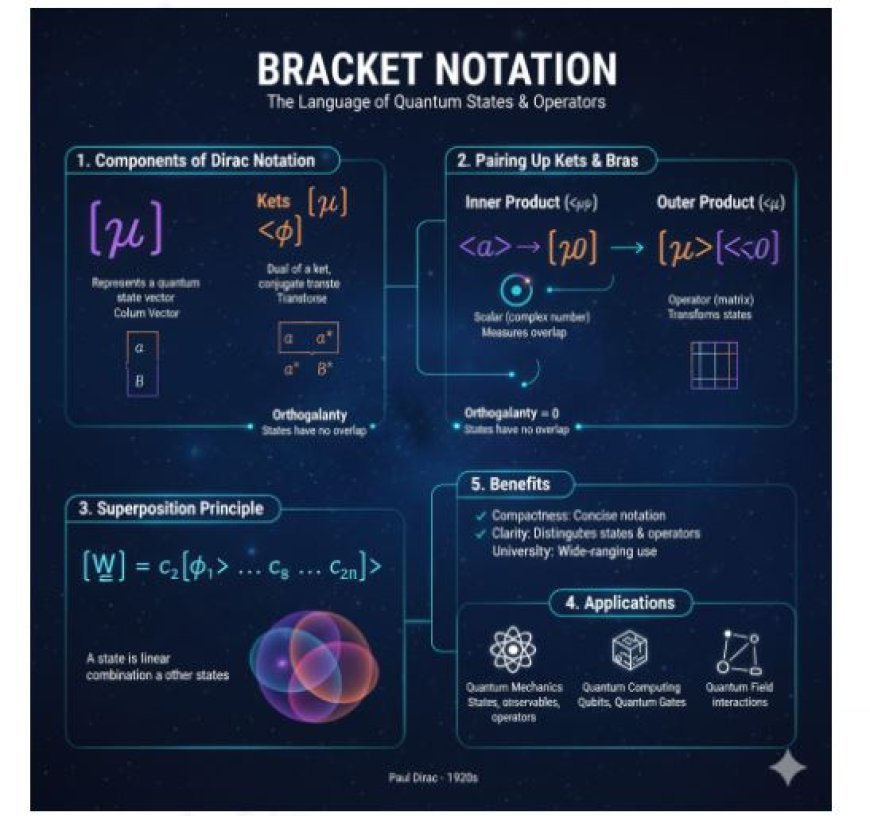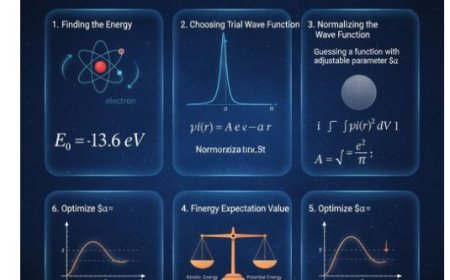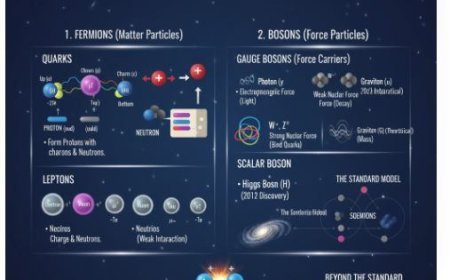Bracket Notation
Bracket notation (Dirac notation) is a mathematical framework introduced by Paul Dirac to describe and manipulate quantum states. It uses kets (∣ψ⟩) and bras (⟨ϕ∣) to represent states and their duals, simplifying operations like inner and outer products. This notation is fundamental in quantum mechanics, quantum computing, and field theory for expressing superposition, measurements, and transformations.

Bracket Notation
- Bracket notation is a very important tool in physics, especially in areas like linear algebra and quantum mechanics.
Bracket Notation Overview
- Bracket notation, also known as Dirac notation, is a way to describe quantum states and work with them mathematically.
- The physicist Paul Dirac introduced this notation, which is widely used in quantum mechanics.
Components of Bracket Notation
There are two main parts of bracket notation:
1. Kets (∣ψ⟩)
- Represent quantum states.
- The ket symbol ∣⟩ indicates the state of a system in a vector-like form.
2. Bras (⟨ϕ∣)
- Represent the dual or conjugate transpose of kets.
- The bra symbol ⟨∣ is used in operations like inner products.
Pairing Up Kets and Bras
Many operations in quantum physics involve the combination of bras and kets:
- Inner Product (⟨ϕ∣ψ⟩):
- This is the scalar product of two states, which measures how much two quantum states overlap.
- Outer Product (∣ψ⟩⟨ϕ∣):
- Represents an operator that transforms one state into another.
Why Use Bracket Notation?
Bracket notation simplifies complex ideas in quantum physics and offers several benefits:
- Compactness: Compared to standard vector notation, it is more concise.
- Clarity: Clearly distinguishes between operations (inner/outer products), dual states (bras), and states (kets).
- Universality: Used beyond quantum theory, in fields like quantum computing and field theory.
Important Concepts in Bracket Notation
1. Quantum States
- In quantum mechanics, quantum states—represented by kets—are fundamental units.
- Example: A ket like ∣ψ⟩ could describe the state of a particle in a specific configuration.
2. Inner Products
- The inner product (⟨ϕ∣ψ⟩) quantifies the similarity between two quantum states.
- If the inner product is zero, the states are orthogonal, meaning they have no physical overlap.
3. Outer Products
- The outer product (∣ψ⟩⟨ϕ∣) forms an operator, which can be applied to other states.
- This is crucial for discussing quantum measurements and transformations.
4. The Principle of Superposition
- In quantum mechanics, a state can be a linear combination of other states.
- Bracket notation makes it easy to express superpositions:
- Here, c₁, c₂, …, cₙ are coefficients representing the contribution of each basis state to the total state.
Applications of Bracket Notation
1. Quantum Mechanics
- In quantum mechanics, states, observables, and operators are commonly expressed using bracket notation.
- It simplifies writing equations and understanding concepts like superposition and entanglement.
2. Quantum Computing
- Bracket notation plays a key role in quantum computing, where qubits can exist in multiple states simultaneously.
- Quantum gates, which perform operations on qubits, are often represented using bras and kets.
3. Quantum Field Theory
- In advanced physics, bracket notation helps describe particle interactions and field dynamics.
- It makes complex quantum processes more manageable.
What's Your Reaction?



































